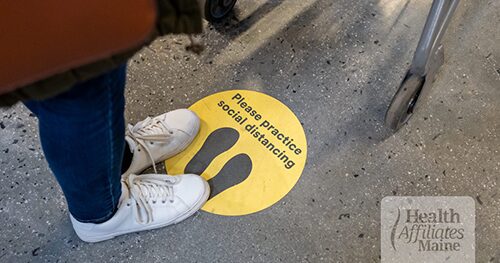
Jul 14, 2023 | Advice for Affiliates, Private Practice
In this blog series, “Managing Your Private Practice,” we look at how to successfully run your private practice as a mental health professional. We started the series with a dive into how to market your private practice. Now, let’s look at a critical yet sometimes...

Jun 7, 2023 | Understanding Mental Illness
In honor of National Men’s Health Month in June, we’re taking a closer look at how traditional gender norms negatively affect men’s mental health in the United States and especially in Maine—a phenomenon that, as therapists, many of our readers will have observed...

May 3, 2023 | Advice for Affiliates
In this new series, “Managing Your Private Practice,” we’ll look at various things you can do to keep your private mental health practice thriving. Topics will include marketing and business skills, finances and taxes, writing policies, and liability and insurance...






